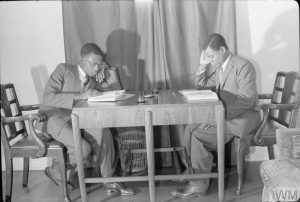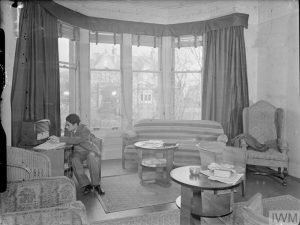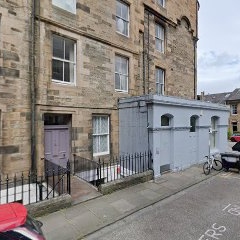36 Hope Terrace, Edinburgh EH9 2AR

36 Hope Terrace contained the ‘Colonial Students’ Hostel’ in the 1940s. A “three-story building with basement rooms,” this is where many students from British colonies would stay upon their arrival in Edinburgh. Secretary of State for the Colonies Arthur Creech Jones made it clear, however, that such hostels provided only temporary accommodation, and colonial students “should live and work on the same conditions as students in this country rather than be segregated into permanent hostels of their own.” Ghanaian medical student Emmanuel Evans-Anfom stayed here when he matriculated at Edinburgh in 1941. In his memoir To the Thirsty Land: Autobiography of a Patriot, Evans-Anfom recalled, “Apart from the residential accommodation at the hostel, there were a small restaurant, dining-room and sporting facilities like a billiards room, a library, and a reading room with newspapers. It was really a place where even non-resident colonial students […] could come for relaxation and subsidized meals.” At the Colonial Students’ Hostel, Evans-Anfom met students “from West Africa, Nigerians, Sierra Leonians, Gambians, and, of course, students from the Caribbean. […] And even after we had finally got permanent lodgings we could always go back to use the facilities at 36 Hope Terrace.”




